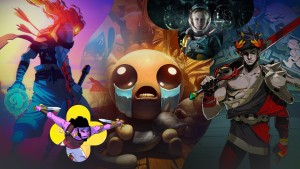Please support Game Informer. Print magazine subscriptions are less than $2 per issue
Why The Platformer Still Matters

The action/platformer was once the preeminent genre in video games. The NES, Genesis, and PlayStation made mascots like Mario, Sonic, and Crash Bandicoot their public faces. Today, in a market dominated by shooters like Halo and Call of Duty, it seems that gamers and publishers have little time for the genre. I think that’s a shame, because the platformer remains perhaps the most pure expression of video gaming, where imagination and gameplay trumps storytelling and cutscenes. Given its strengths as a genre, I think platformer still deserves a place in the modern gaming market. While it may go against recent trends, I also believe the genre might still have a bright future ahead of it.
The Golden Age
While it’s now common to see midnight launches and giant media blitzes for new games, the release of Super Mario Bros. 3 in June of 1990 was an unprecedented event. The first two games in the NES trilogy basically defined gaming for an entire generation, selling millions of copies and whetting gamers’ appetites for the next in the series thanks to their high quality. Super Mario Bros. 3 promised to be one of greatest games ever. Hell, we were so excited we all went to see The Wizard just to get a glimpse of the game in action.
In the end, Super Mario Bros. 3 might have exceeded our lofty expectations. By adding new elements like a world map and the infamous suits to the already polished Mario formula, it still stands as one of the crowning achievements in game history. It went on to sell over 18 million copies (without being bundled with a system) and established the platformer as the preeminent genre in games.
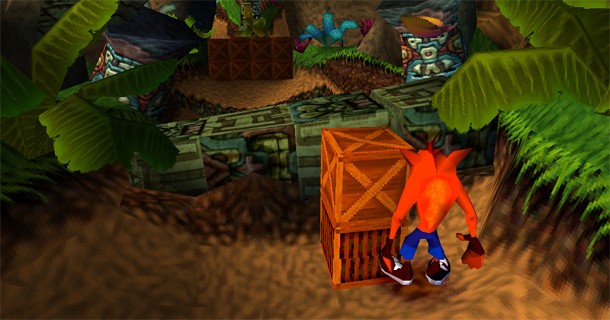
In the years that followed, the genre grew to maturity with a host of classic franchises that continued the formula Nintendo had established. Sega’s Sonic the Hedgehog added intense speed to the mix. Donkey Kong Country impressed with groundbreaking visuals and level design. Crash Bandicoot brought improved graphics and anthropomorphic attitude. Rayman lent the genre an oddball charm (and subtracted the superfluous limbs from the main character). That’s not to mention the scores of has-beens and never-weres like Bonk and Alex Kidd. Series that weren’t perceived as character platformers, like Mega Man and Castlevania, relied heavily on the foundation set by Mario while placing a greater emphasis on combat, exploration, and puzzle solving.
Even id Software, the company that popularized the first-person shooter (the genre that would eventually topple the platformer from its throne), made its break into the industry with an old-school 2D Mario clone called Commander Keen. The same goes for Epic Games, now known for the gritty action of Unreal and Gears of War. A young Cliff Bleszinski first won notoriety with a lighthearted platformer called Jazz Jackrabbit.
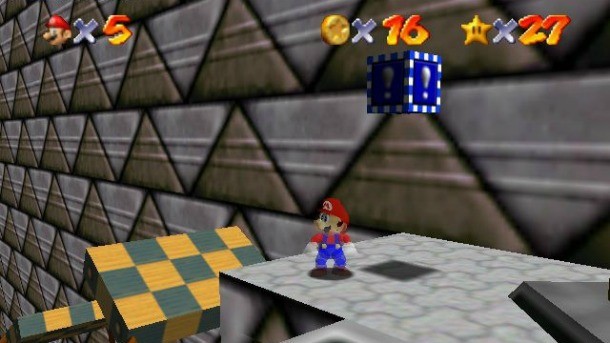
The 3D Revolution
As technology improved, it was once again up to Nintendo to reset the table for the platfomer with Super Mario 64 in 1996. I still remember seeing this game at a Target kiosk. I ran around in circles, not quite understanding how to make the mental leap to platforming in three dimensions. Once it all clicked, there was no turning back. Though Crash Bandicoot continued to provide hybrid 2D/3D experiences, the future of the platformer was set. In the years that followed, other 3D platformers like Spyro the Dragon, former 2D star Gex, and Rare’s Banjo Kazooie series closely aped Mario 64’s blend of action, collection, and exploration.
The 2D ancestors still provided the foundation for the new breed of 3D platformers. The emphasis was still on collecting coins and other trinkets while relying on wits and reflexes to navigate a series of stages. But in three dimensions, the action took on a new aspect; suddenly instead of simple platforming, it felt like you were exploring an entire world strewn with hidden items and areas to find. For the first time, the platformer felt as expansive as an RPG and as immersive as a first-person shooter.
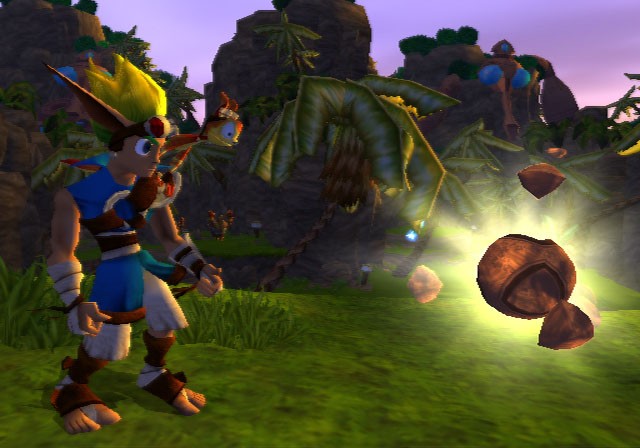
As time passed, the 3D platformer stumbled under the weight of too many carbon copies and slapped-together movie licensed games. Nintendo itself didn’t release another proper 3D Mario until Mario Sunshine in 2002, and that was probably the least well received of the franchise (with the possible exception of the underrated Super Mario Bros. 2). Sony did its part to keep the genre alive with its excellent Jak and Daxter, Ratchet & Clank, and Sly Cooper series on the PlayStation 2. Studios like DoubleFine and Beep Industries offered up quirky fare like Psychonauts and Voodoo Vince for the Xbox. However, the defining games of the generation would be hardcore, adult-oriented releases like Halo, Grand Theft Auto III, and God of War. Soon, former platforming developers Naughty Dog, Insomniac, and Sucker Punch were working on new, more mature properties like Uncharted, Resistance, and Infamous.
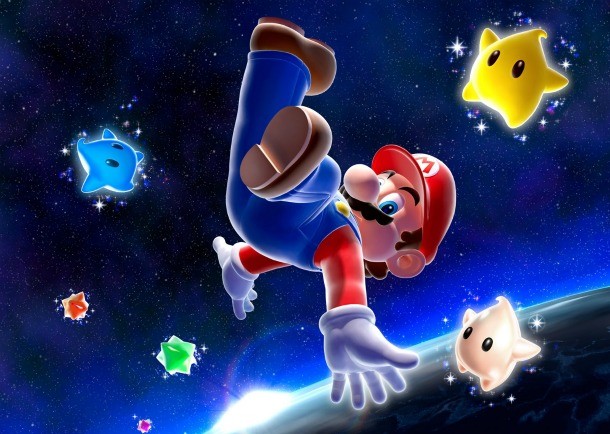
The Platformer Is Dead…
From the perspective of someone who misses the large-scale, mass market 3D platformers of the past, it seems like the platformer is on the verge of dying. It’s certainly not a dominant genre in terms of sales. According to this excellent article in Gamasutra (which provided me a great resource during the writing of this piece), by 2002 the platformer accounted for only two percent of video game market (down from 15 percent in 1998).
The era of the big-budget 3D platformer is largely over. In recent years, only Mario has delivered the goods for those of us looking for an epic platforming experience. With Super Mario Galaxy 1 and 2, Nintendo provided gamers with a passionate, innovative love letter to the genre it essentially invented. I can’t tell you how thrilling those games were to me. It seemed like nearly every level was packed with unique and clever design twists. By taking all the familiar Mario mechanics to series of small, spherical worlds, the games felt at once classic and completely new. If you doubt that the 3D platfomer still has the power to awe, play both the Galaxy games immediately.
However, outside of that franchise, it’s been a tough few years for 3D platformer fans. Insomniac, though now devoted to its Resistance trilogy, did give us a couple of highly enjoyable Ratchet & Clank games. Other than that, it appears that the days of companies investing heavily in the platformer space are long past.
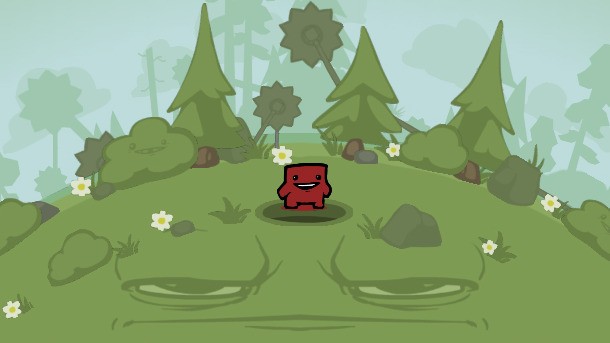
…Long Live The Platformer
Despite my sadness over the decline of the platformer as a major commercial force in gaming, a closer look reveals that the future of the genre is a good deal brighter than you might expect. Though it’s moved away from triple-A, big-budget development, the growing indie and small studio development scene has created a platforming renaissance – one that surprisingly eschews the pervasive 3D perspective in favor of the genre’s 2D style of game design that many thought was archaic and obsolete.
Games like Braid, which transformed the old-school platformer into a post-modern meditation on regret and loss, and Super Meat Boy, which used minimalist graphics to bring back the exquisite challenge of 8-bit era, have found rabid audiences itching for new platforming experiences. Others, like Tales from Space: About a Blob, ‘Splosion Man, and the eerie Limbo have each put a unique stamp on the genre. Even Shadow Complex, a tribute to the action/exploration of Metroid, is indebted to the 2D platformers of yore. Dig through the titles on Xbox Live and PlayStation Network and you’ll find a host of interesting and amazingly fun games that hark back to the past of the platformer – though this time with inventive visuals that simply wouldn’t have been possible in the 8- or 16-bit eras.
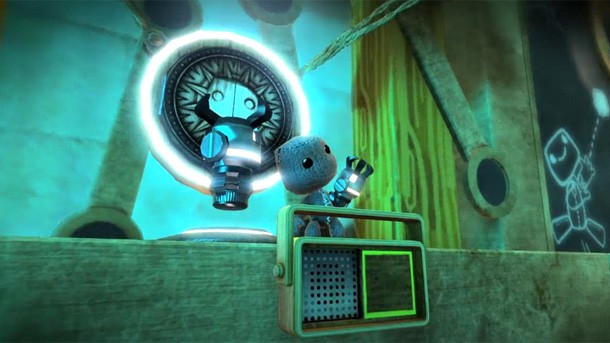
This 2D revival has also been evident in a handful of products from large publishers. Nintendo continues to mine gold with the Mario franchise, with New Super Mario Bros. and New Super Mario Bros. Wii, two games that stick close to the formula that made the venerable plumber a gaming icon. It has also seen success with Kirby’s Epic Yarn and Donkey Kong Country Returns, each of which proved that today’s gamers both young and old still find value in the genre. Outside of Nintendo, I’m excited for the upcoming Rayman Origins, which takes the series back into 2D with an amazing, hand-drawn art style that must be seen in action to appreciate. Media Molecule’s LittleBigPlanet franchise has wowed us with exceptional gameplay, infectious visuals, and unprecedented creation tools. It deftly balances the best of the past with some of the most forward thinking design in the industry.
Although the 3D platformer appears to be relegated to the margins of the industry, it’s worth noting that it’s still a primary influence on many of the biggest third-person perspective franchises of today, be it Assassin’s Creed, Uncharted, Tomb Raider, or Infamous.
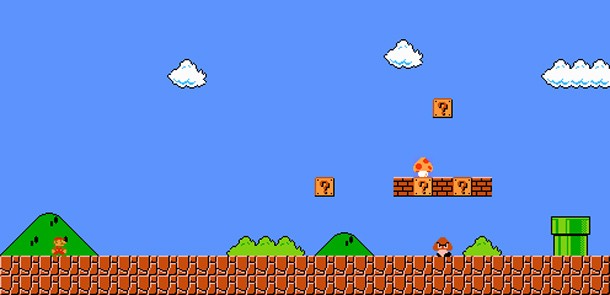
Why It Matters
Gaming is constantly evolving. As old genres die, new ones emerge to take their place. When I was a kid playing Super Mario Bros., I certainly couldn’t imagine games taking me to a place as dramatic as Rapture in BioShock or presenting me with mind-bending puzzles and storytelling like Portal. Just like everyone else, I’ve had fun mowing through waves of enemy soldiers in Call of Duty and causing havoc in Liberty City.
However, platformers will always be special to me. At least part of their draw is nostalgia; I cut my gaming teeth on the 8-bit platformers. While I am old enough to remember the old arcade and Atari 2600 titles that put gaming on the map, things changed with the NES. By showing me that games could be a linear journey instead of a one-screen experience, Super Mario Bros. instilled in me the idea that games could be adventures that took me to lands I couldn’t begin to imagine.
While platformers rarely excelled at storytelling (with some notable exceptions like Jak and Daxter), the bare-bones framework they were built around actually had some benefits. With no ties to a distinct setting or aesthetic, the game designers were free to create anything they could dream up. Many of these choices later became clichés, but there was something amazing to me about entering an ice world right after exiting a level comprised of fiery lava. Did the boss battles make any kind of rational sense? No, but they were fun and varied, keeping you on your toes as you tried to figure out weaknesses and patterns while running for your life. Because there was so little context, the enemies didn’t have to be an invading Russian army or bloodthirsty zombies let loose by a virus; they could be a menagerie of colorful, fantastic creatures, each with their own special attacks and powers.
Since platforming developers didn’t have to construct a coherent narrative, they could concentrate on gameplay on its most fundamental level. The great platformers are successful because they feel right; when each movement onscreen is a matter of life and death, that’s paramount. As far as games have come, sometimes I think we’ve lost that feel along the way. Scripted events and set piece moments are great fun, but too often now I feel like I’m just being funneled down a linear path conceived by the developers. At its best, the platformer gives the player a true sense of discovery in a journey where everything is governed by your movements. In some ways, I think that’s the reason that open world games like GTA and Assassin’s Creed have proved so popular in recent years; while more cinematic than the classic 3D platformer formula, they offer the same sense of freedom and thrill of exploration.
All in all, I’m both sad and hopeful about the future of the platformer. Outside of the occasional new Mario or Ratchet & Clank, I’m probably going to have to get used to the fact that there won’t be many triple-A 3D platformers. On the other hand, I’m hopeful the new generation of 2D platformer developers can help keep the flame alive.

